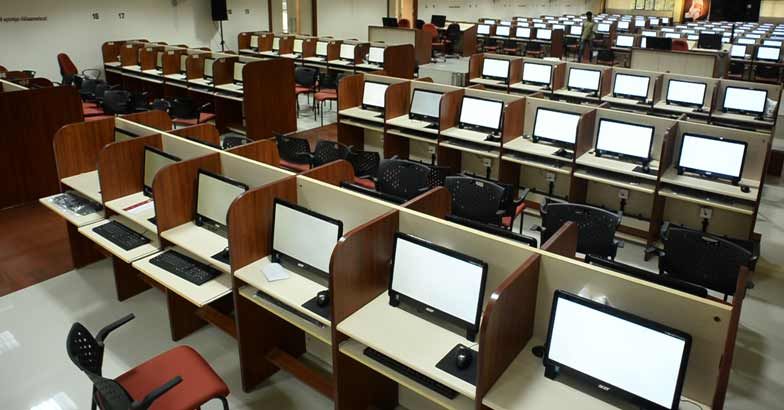THE FUTURE OF SPACE TOURISM

THE FUTURE OF SPACE TOURISM
By Dhanya Bajpe
Like the boundless ocean, space has been something that has at least 80% of itself undiscovered by the curiosities of us human beings. From the basic number and entities of planets, to the few stars that we know of, the galaxy is a force that seems endless and ready to swallow you as a whole, if you ever dare to underestimate it.
“I see Earth. It’s so beautiful!” These were the words uttered by Yuri Gagarin, the first person to go to space, as he marveled at the sight of our planet from his spaceship. These simple yet emotion laden words invoked the curiosity of all the people on Earth, and thus stemmed the desire to be able to look at this beautiful sight with our own eyes. From then on, many more of these people have gone to space, experienced the lack of gravity in the moon and touched the red sands of Mars. However, the ability to be able to experience this miraculous feeling was limited, owing to extreme financial requirements, and also individual physical and mental health.
On April 28, 2001, wealthy businessman Dennis Tito achieved this dream, by paying US 20,000,000$ to be onboard the Russian Soyuz, and successfully became the first tourist to visit the International Space Station. Only seven people have followed suit in the last 20 years or so, although, this number has been expected to double in the next 12 months alone.
Why is space travel so expensive, you ask? Well apart from the obvious reasons, ie, travelling OUTSIDE of a whole planet, and the materials needed to build and launch this spaceship, a rocket must be able to travel at an extremely high speed, on par with the speed of light, in order to reach what is known as escape velocity, which allows the rocket to come out of the gravitational pull of the Earth. The amount of fuel burnt, in order to achieve this, is extremely large, and thus adds to the cost. What will happen if it doesn’t reach this escape velocity, you ask? Well, the rocket simply crashes into oblivion. So, in order to not completely give up on their dreams, a few billionaire entrepreneurs started reaching their hands out into the area of space travel and tourism.
With companies like Space X, Blue Origin and Virgin Galactic, reaching the stars might just be less of a dream, and more a reality. While, they still haven’t taken any private, paying customers to space, many have anticipated doing so in the near future.
Virgin Galactic is the brainchild of British billionaire, Richard Branson who has built his brand, not just on business, but also on his love for adventure. He established Virgin Galactic, after buying SpaceShip, which was the company that built the first reusable spaceship. Though Branson estimated to open his business by 2009, Virgin Galactic reached a series of hurdles, including the death of a pilot, in a crash, which led to altering the modifications of the vehicles.
SpaceX on the other hand, was founded by our very own eccentric genius billionaire, Elon Musk, who was frustrated at the lack of progress in humanity becoming a multiplanetary species. He believed that someday, a catastrophe befalling Earth might make it unfit for the existence of us humans. He founded the SpaceX in 2002, with the goal of developing a reusable launch technology which would significantly decrease the overall cost of getting to space. Since then, SpaceX has made its ultimate goal to make human settlement in Mars, a dream come true.
Founder of Amazon, and one of the richest men on Earth, Jeff Bezos targeted his vision of expanding humanity to not just Mars, but to space itself. It has also, once again, adopted the idea to implement reusable rockets, as finance is the main obstruction here. His Blue Origin, which was established in 2004, has since then, slowly yet surely extended its clutches into space tourism.
Though Blue Origin, and Virgin Galactic have a far cheaper cost than Space X, priced between $200,000 and $250,000, they are suborbital, meaning one can only hover around the edge of the planet. Blue Origin is perhaps the nearest to fulfilling the dreams of people, as it has released a statement saying that crewed space missions will happen ‘soon’. Space X on the other hand, has two tourist launches scheduled, which is however, extremely expensive, at the cost of $55 million, for the flight and a stay on the International Space Station.
Though the road to stars is a dream that might just come true, the exorbitant costs of space tourism, might widen the gap between the rich and the poor, and might add in to the nuance of inequality. Maybe in a few hundred years, when technology might be far superior and developed, maybe someday, every person on Earth can go follow this wish. Until then, though Space tourism is an extremely brilliant and incredible area, it is not feasible with the majority.





